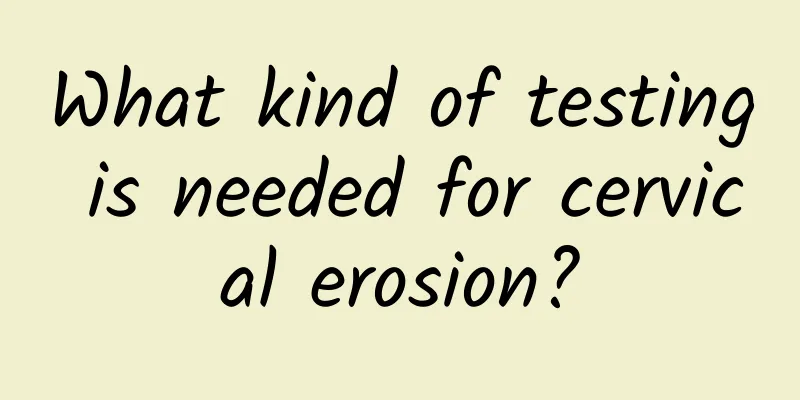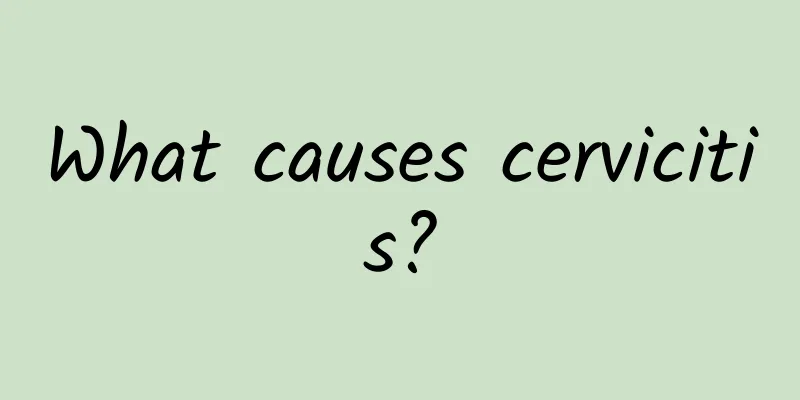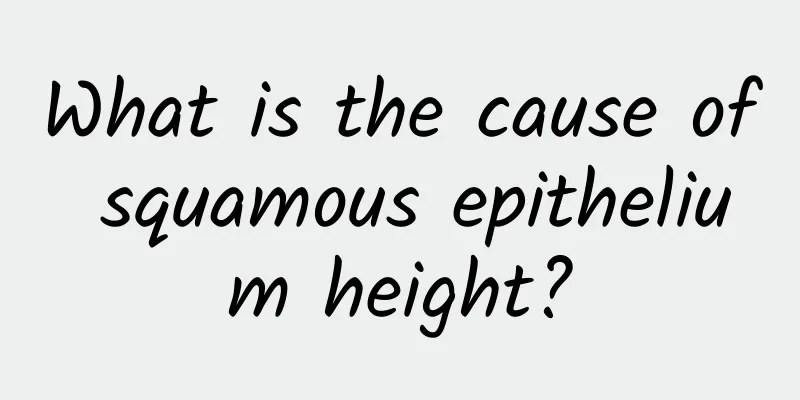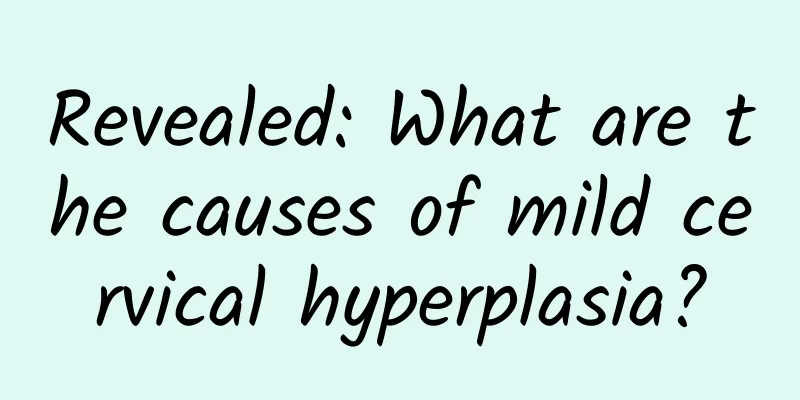What does polycystic changes in the left ovary mean?

|
As we all know, ovarian disease is a common gynecological disease. So far, ovarian polycystic disease has become a major threat to women's reproductive health and a major killer of women's reproductive health. Therefore, ovarian polycystic disease has attracted the attention of the whole society and even the whole mankind. What does the left ovarian polycystic change mean? Let's take a look below. What does polycystic changes in the left ovary mean? First: The exact cause of PCOS is unknown. It is currently believed that the uterus and ovaries produce too much androgen, and the excess of androgen is the result of abnormal synergy of various endocrine functions in the body. The purpose of treatment is to establish a normal menstrual cycle with ovulation, restore reproductive function, and eliminate excess hair. Once a normal menstrual cycle is established, pregnancy can be achieved, the uterus and ovaries no longer produce too much androgen, and the symptoms will gradually subside. Second: The symptoms of polycystic ovary mainly include menstrual disorders or even amenorrhea. Many patients will also have high levels of testosterone and elevated levels of prolactin. The patient's ovaries will be enlarged and there will be multiple small eggs. Even if ovulation occurs, ovulation disorders or sphingomyelinating cysts and thick ovarian walls may occur, which are related to pancreatic insufficiency. Immune substances may appear around the patient's ovaries, affecting the maturity or discharge of eggs. Third: The treatment of polycystic ovarian syndrome is divided into medication and surgical treatment: 1. If you are obese, then losing weight is very important. Some people will naturally restore their menstrual period after losing 15% of their weight. The way to lose weight is to control diet and exercise. 2. Reduce testosterone. If testosterone is high, use Marvelon or Diane 35 for 1-3 months. Then use ovulation-inducing drugs, which is more effective than using ovulation-inducing drugs directly. 3. Metformin. If you are obese, you should test glargine insulin. If glargine insulin rises, use metformin to lower it. 4. Ovarian induction treatment. After the above three basic treatments, choose ovulation induction treatment. There are many ovulation induction drugs now, and the preferred drug is clomiphene. 5. If ovulation still does not occur after the above treatment, surgical treatment can be chosen, and a hole can be made in the uterus and ovaries under laparoscopy. Frequently asked questions The so-called polycystic ovary syndrome refers to women suffering from polycystic ovarian syndrome. Polycystic ovaries can cause women to have ovulation disorders or anovulation, and eventually lead to female infertility. Symptoms of bilateral polycystic ovaries include irregular menstruation, obesity, excessive hair growth and female infertility, which have a great harm to the health of many female friends. It is necessary to go to a regular hospital for examination in time to avoid missing the best time for treatment. |
<<: Causes of Polycystic Ovarian Disease
>>: What are the symptoms of polycystic ovarian syndrome
Recommend
How to deal with irregular menstruation? 5 things to know about irregular menstruation
What should I do if I have irregular menstruation...
What are the reasons for frequent recurrence of vaginitis?
Vaginitis is extremely troublesome to women's...
What are the causes of ovarian cysts and what are the specific symptoms
The ovaries are relatively small organs in the hu...
How to treat and maintain pelvic inflammatory disease? Timely treatment is required
If a woman has pelvic inflammatory disease, she n...
Is ovulation bleeding related to pregnancy?
Is ovulation bleeding related to pregnancy? Pregn...
How to care for uterine effusion and recover quickly
Many female friends do not have a correct underst...
What are the types of abortion?
As we all know, the experience of miscarriage can...
Excessive stress can also cause menstrual irregularities
Irregular menstruation is the most common problem...
What causes cervicitis?
The main causes of cervicitis are infection, phys...
Tomatoes prevent aging and fight dementia! Nutritionist: 3 tips to get the most lycopene
An Italian proverb says: "When tomatoes turn...
What causes dysmenorrhea that women should know
In real life, many female friends feel abdominal ...
Common reasons why women suffer from uterine fibroids
Uterine fibroids are a common disease for many ma...
How to cure cervical erosion
Cervical erosion is a common gynecological diseas...
Does medical abortion hurt? It depends on the individual
There will be varying degrees of pain during the ...
Does abortion require uterine curettage?
If the abortion is complete and the embryonic tis...









